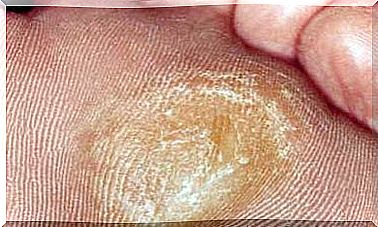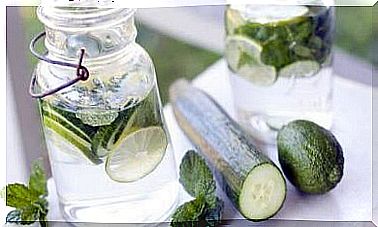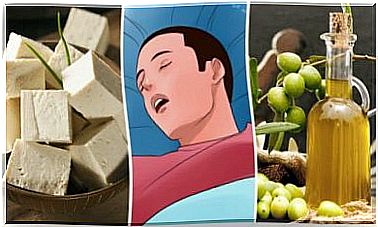What Is Ringworm And How To Treat It
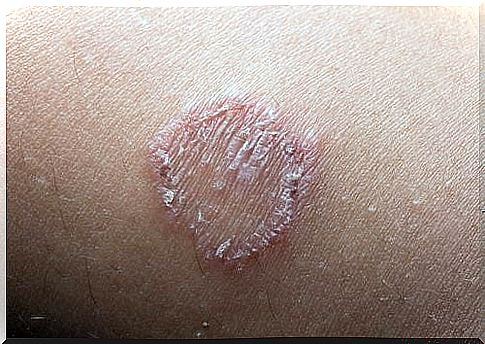
What is ringworm? Have you ever heard of it? Do you know how to treat ringworm?
Ringworm is a condition caused by a fungal infection, which causes small circular marks to appear on the skin.
It can appear in different areas of the body. Although it is not a serious condition, it is highly contagious.
In this article we will tell you a little more about ringworm and how you can treat it simply and easily.
Ringworm: Causes and symptoms
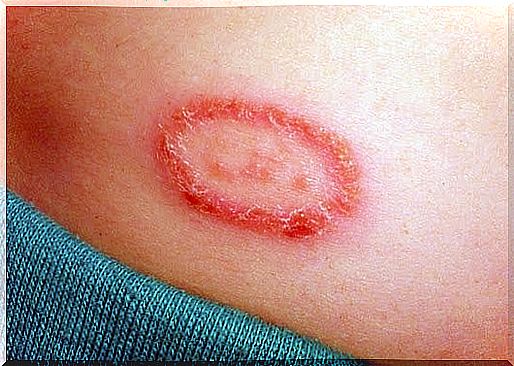
The fungus that causes this problem on the skin is called tinea corporis . It is not the only type of this fungus that can affect us. We also suffer from athlete’s foot due to tinea pedia or ringworm in the groin due to the tinea crural fungus.
The symptoms of ringworm begin to show up between 4 and 10 days after contact with the fungus.
- The first sign is a circular eruption on the skin with slightly swollen edges.
- In the middle of the skin of the circle we can see a pattern that looks like a rash – but in general the skin in the middle will be healthy.
- However, the itching can be unbearable and scratching can spread the fungus further away, not to mention causing infection.
The “rings” can spread by itching or contact, multiply in other parts of the body or be fused together in even larger rings. In the more severe cases, the rings can turn into blisters and sores filled with matter.
Ringworm can be transmitted in many different ways, both directly and indirectly. For example, it can be in direct skin contact with an infected person or even with a pet carrying the fungus. Dogs, cats, horses and rabbits can all be involved in this disease.
Children
Children are more vulnerable to this infection than adults. In addition, there are a number of risk factors that adults need to watch out for, which can increase the likelihood of getting ringworm:
- Excessive sweating
- Stay in a hot or humid area
- Wear tight clothing
- Participate in contact sports
- Sharing clothes or towels with others
- Having a weak immune system
The best way to prevent ringworm is to make sure that you are not in direct contact with people who already have the infection and to make sure that you do not share clothes that have direct contact with the skin.
It is also important to take your pets to the vet and dry them well after washing them (especially the areas between their toes, under the legs and their abdomen).
Home remedies for ringworm
If you are not particularly keen on using medication prescribed by a doctor, or if you just want another treatment to supplement anti-fungal creams or lotions purchased at the pharmacy, then we recommend the following natural remedies for ringworm:
1. Garlic

Garlic has some interesting anti-fungal properties and that is why it is such a great ally when it comes to treating ringworm. It may sting a little at first contact, but it is natural. You should try to leave them on for as long as you can so that you can take full advantage of the benefits.
Ingredients
- 1 clove of garlic
How to cook it
- Peel the garlic clove and cut it into slices.
- Place it over the affected area and cover with a bandage.
- Leave it overnight and remove in the morning.
- Repeat for at least a week, or until the lesion disappears.
2. Essential oils
Some oils, such as lavender or tea tree oil, have extremely powerful anti-fungal properties. Use several times a day helps prevent the fungus from developing further.
Ingredients
- 2 tablespoons water (20 ml)
- 2 tablespoons essential oil (30 g)
How to cook it
- In a small bowl, mix the water and the essential oil you have chosen (choose either lavender or tea-tree oil).
- Apply to the affected area and cover with a cloth or gauze bandage.
- Leave it for several hours before removing the mixture.
- Repeat 3 times a day for a month.
3. Apple cider vinegar
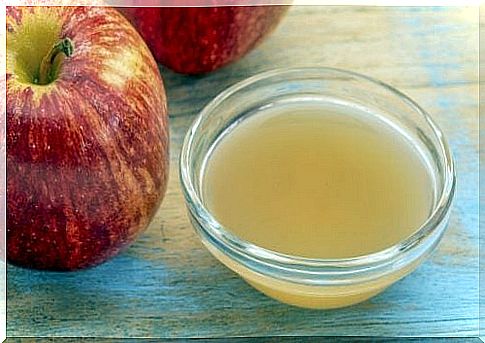
Apple cider vinegar has a number of magical properties, two of which are antibiotic and anti-fungal effects. The first stinging sensation you will notice when you first apply it is completely normal. Try using chilled vinegar to help soothe the stinging sensation.
Ingredients
- 1 tablespoon apple cider vinegar (10 ml)
How to cook it
- Dampen a piece of gauze, cloth or cotton with apple cider vinegar.
- Apply it on the lesion by pressing lightly.
- Let it dry.
- Repeat between 3 and 5 times a day.
4. Salt and vinegar
Although this remedy can be quite annoying when it comes in contact with the affected area, then it is very effective.
Ingredients
- 1 tablespoon salt (10 g)
- 1 tablespoon vinegar (10 ml)
How to cook it
- In a small bowl, add the salt and pour in the vinegar little by little, mixing well along the way.
- Form into a paste and apply directly to the lesions.
- Spread gently and let it work for 5 minutes.
- Rinse with warm, dry water and remove any excess with a clean towel with a gentle motion.
- Repeat this treatment twice a day for at least a week.
5. Aluminum salts
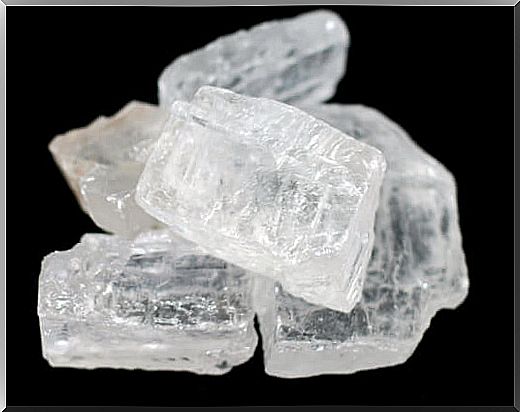
Aluminum salts have an antiperspirant effect. Because of this , they block the production of sweat and prevent the spread of the fungus.
Ingredients
- 1 tablespoon aluminum salts (10 g)
- 1 glass of water (200 ml)
How to cook it
- Place the salts in a container and slowly add the water, mixing well along the way.
- Once the ingredients form a paste, apply it on the damage and let it work for 6 hours (or better overnight.)
- Then rinse it off with warm water and dry well without rubbing.
- Repeat every day for a week.
In addition to trying the recipes we have shown you here, remember the following:
Make sure you are hygienic
While it may not be the most exciting thing in the world to stick to strict hygiene habits, it is one of the most effective ways to prevent or treat the infection.
Wash your hands when you get home before eating or after a walk in the bathroom, take a shower every day (especially after exercise or if it is hot) and use neutral soaps, these are some easy and effective hygiene measures.
Dry yourself well before dressing
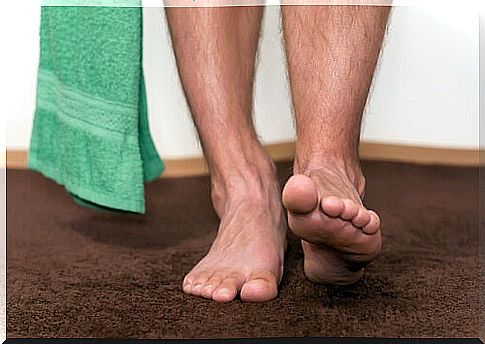
Once you have taken your daily shower, it is very important to make sure that your skin is completely dry. Remember that humid environments are fungus’ favorite place.
Wipe yourself well with a towel. Pay special attention to areas where there are wrinkles in the skin, such as. under the arms. Then apply talcum powder or cornmeal before dressing to keep the skin dry throughout the day.

